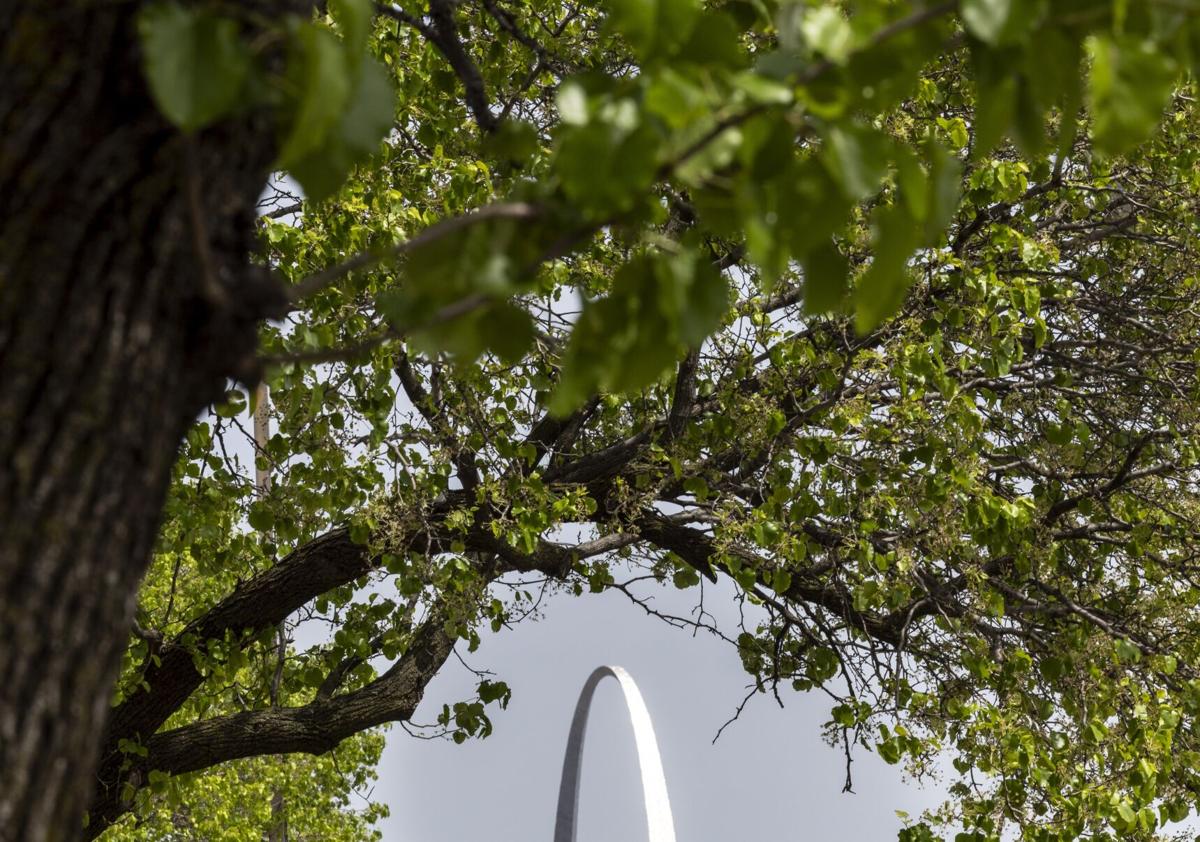JEFFERSON CITY — Missouri legislators are taking aim at sales of Bradford pear trees and five other invasive plant species. Under the plan, state-licensed nurseries would need to agree not to knowingly sell Callery pear — commonly called Bradford pear (Pyrus calleryana) — as well as burning bush (Euonymus alatus) beginning Jan. 1, 2029.
Sales of climbing euonymus (Euonymus fortunei), Japanese honeysuckle (Lonicera japonica), sericea lespedeza (Lespedeza cuneata) and perilla mint (Perilla frutescens) would be barred starting Jan. 1, 2027. Nursery owners would need to sign affidavits agreeing to the conditions as part of an annual registration-inspection certificate with the Department of Agriculture.

The legislation, sponsored by Sen. Mike Bernskoetter, R-Jefferson City, already won Senate approval in February on a 32-1 vote. “You shouldn’t be selling things that you have to constantly deal with trying to get rid of,” Tyler Wilson, a member of the public who spoke in favor of the bill, told the House committee on Monday.
The House committee didn’t vote on the plan Monday. A similar proposal was first introduced in 2024 and targeted five species. This year’s plan grew to limit perilla mint, which is toxic to cattle.
“They get into it, they eat it, and they die,” said Shannon Cooper, lobbyist for the Missouri Cattlemen’s Association. “It’s just really flourished here in the last few years.” Much of the discussion in committee Monday revolved around the Bradford pear, which has gained a bad reputation for spreading fast and crowding out native plants.
The trees, known for their white spring blooms that stink, are prone to splitting in storms. “I remembered as a child when they were a new tree and my mother was so excited to plant one,” said Rep. Brenda Shields, R-St.
Joseph. “Several people planted them because they were beautiful.” But Shields said she understands the issue.
“I’ve never had a Bradford pear on my farm, and they are now throughout my woods,” she said. Rep. Michael Burton, D-Lakeshire, said the week before last he was driving down Highway 40 (Interstate 64) and noticed Bradford pears all the way down the highway.
“As beautiful as they can be, it was shocking to me how many there are,” he said. The trees were brought to the United States from China in 1917, according to the Missouri Department of Conservation. The conservation department says a single wild tree can turn into a dense thicket in several years.
Ginny Wallace, former botanist for the Missouri Department of Conservation, added at the committee hearing that turkeys do not roost in Bradford pear trees. She said since moving to Missouri 46 years ago, “I have seen the number of invasive species — the Japanese honeysuckle, the Bradford pear, which is really visible this time of year — just continue to take over our natural environments.” The legislation is only one way Missourians are trying to address the spread of invasive plant species.
The Missouri Department of Conservation , the Missouri Invasive Plant Council (MoIP), Forest ReLeaf of Missouri , and Forrest Keeling Nursery , are hosting a Callery pear buyback to be held on April 22. Registration is open through Thursday at MoInvasives.org .
Participants who cut down their Callery pears and submit a photo will be able to pick up a native tree at one of multiple locations around the state..
Politics

Missouri lawmakers take aim at Bradford pears and other invasive plant species

“You shouldn’t be selling things that you have to constantly deal with trying to get rid of,” Tyler Wilson told a House committee on Monday.















